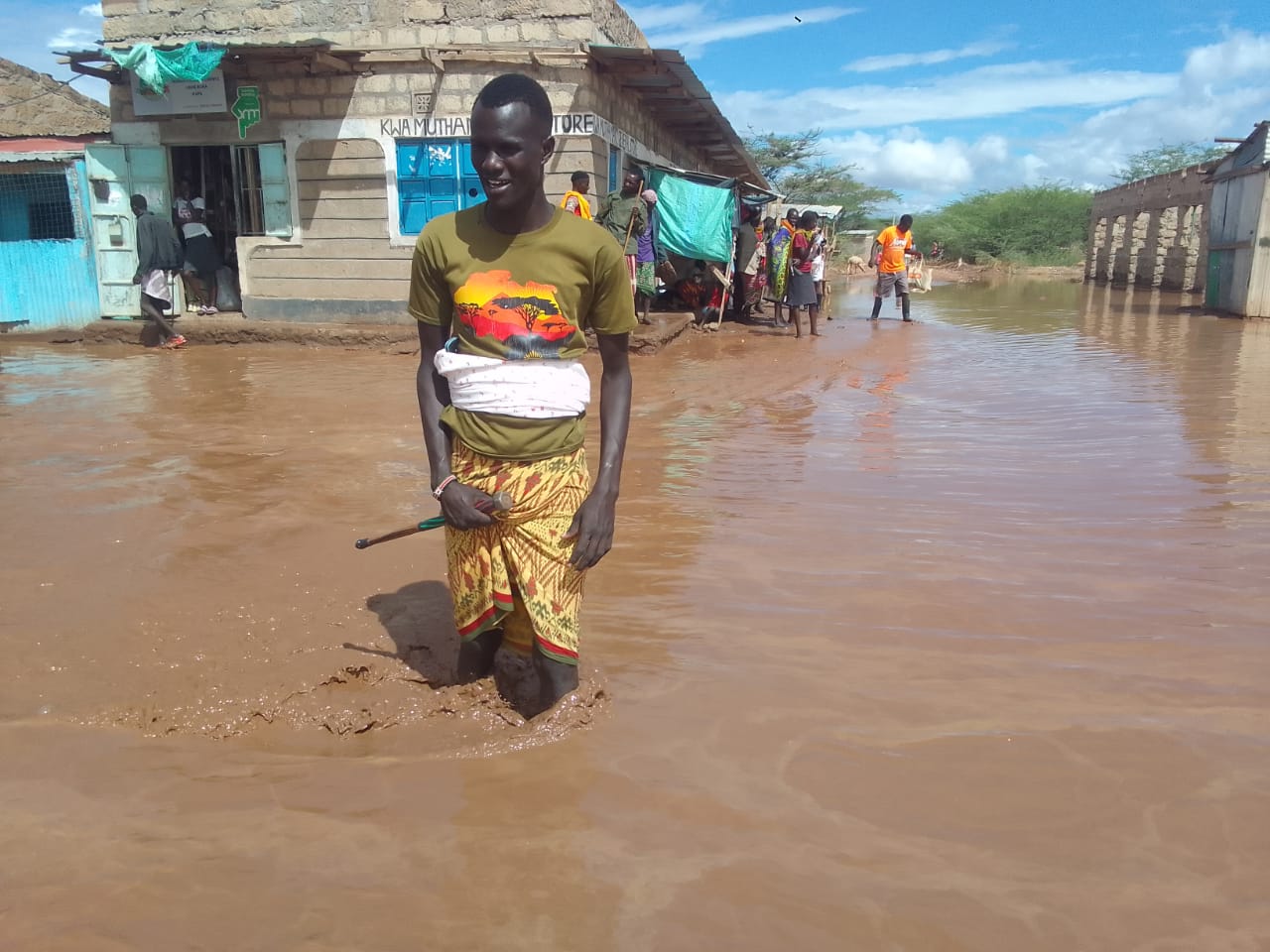|
Getting your Trinity Audio player ready...
|
Global climate shifts this year are likely to disrupt food production throughout the world, straining food security worldwide. A report published this month by scientists associated with Famine Early Warning Systems Network (FEWS NET) explained that El Niño is going to bring too much rain to some parts of the world, and too little to others. This is very likely to affect global crop yields, and may cause anywhere from 105 million to 110 million people to need food assistance in 2024.
FEWS scientists collaborated with researchers from NASA Harvest, NASA’s Goddard Space Flight Center, National Oceanic and Atmospheric Administration (NOAA), and several U.S. universities and analyzed historical crop yield and climate data from 1961 to 2020, and especially looked at changes that occurred during El Niño years in the past. They projected that the global shift, and the change in precipitation that follows, is going to affect major commodity crops including rice, soybean, maize, and wheat.
The researchers used the data to create a map forecasting the global impact of El Niño. Dark and medium purple mean positive impacts, while yellow to red outline negative impacts for food production.
“El Niño events are estimated to affect crop yields on at least a quarter of global croplands,” Weston Anderson, an assistant research scientist with the FEWS NET science team, explained in a NASA Earth Observatory article. “And while there’s uncertainty in how crop yields will be impacted this year, because they vary from one El Niño event to another, we know how the dice are loaded.”
Earlier this year, the National Oceanic and Atmospheric Administration announced that it was on the lookout for El Niño. The shift’s name means “the boy” and is marked by warmer than normal sea surface temperatures in the central to eastern Pacific Ocean. The shift is big enough to change weather, including precipitation, which is why scientists were prompted to analyze how this could affect crops and food production. During El Niño formation months, parts of the Southern U.S. and the Horn of Africa are more likely to more rain than usual. But parts of Australia, Latin America, and southern Africa are expected to receive less than normal precipitation.
By early July, the World Meteorological Organization confirmed that the boy was coming in strong. The intensity observed in the conditions this year has been some cause for concern. “The strength of this El Niño is expected to be comparable to the top six strongest events on the historical record,” the report explained. “But relatively less severe than the two strongest events of 1997/98, which brought historic drought and floods to East Africa.”
During a briefing on food security this July, U.S. Special Envoy for Global Food Security Cary Fowler outlined how we’re already seeing El Niño affecting the fishing industries in South America. “We’re already seeing declines in fish harvest off the coast of Peru,” he said. “Just recently, Peru announced that it was suspending the anchovy harvest there for the first season. The last time they did that was a previous El Niño, 2014-15.”
Study researchers did point out that researchers and governments can use previous data to try to understand how to support vulnerable populations. But there is no way to know how mild, or how bad the conditions are going to be through the end of El Niño. “Donor governments and humanitarian agencies should prepare for high assistance needs in multiple regions, especially during the 2024 lean seasons,” the report advised.
Source: Gizmodo






